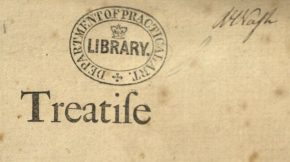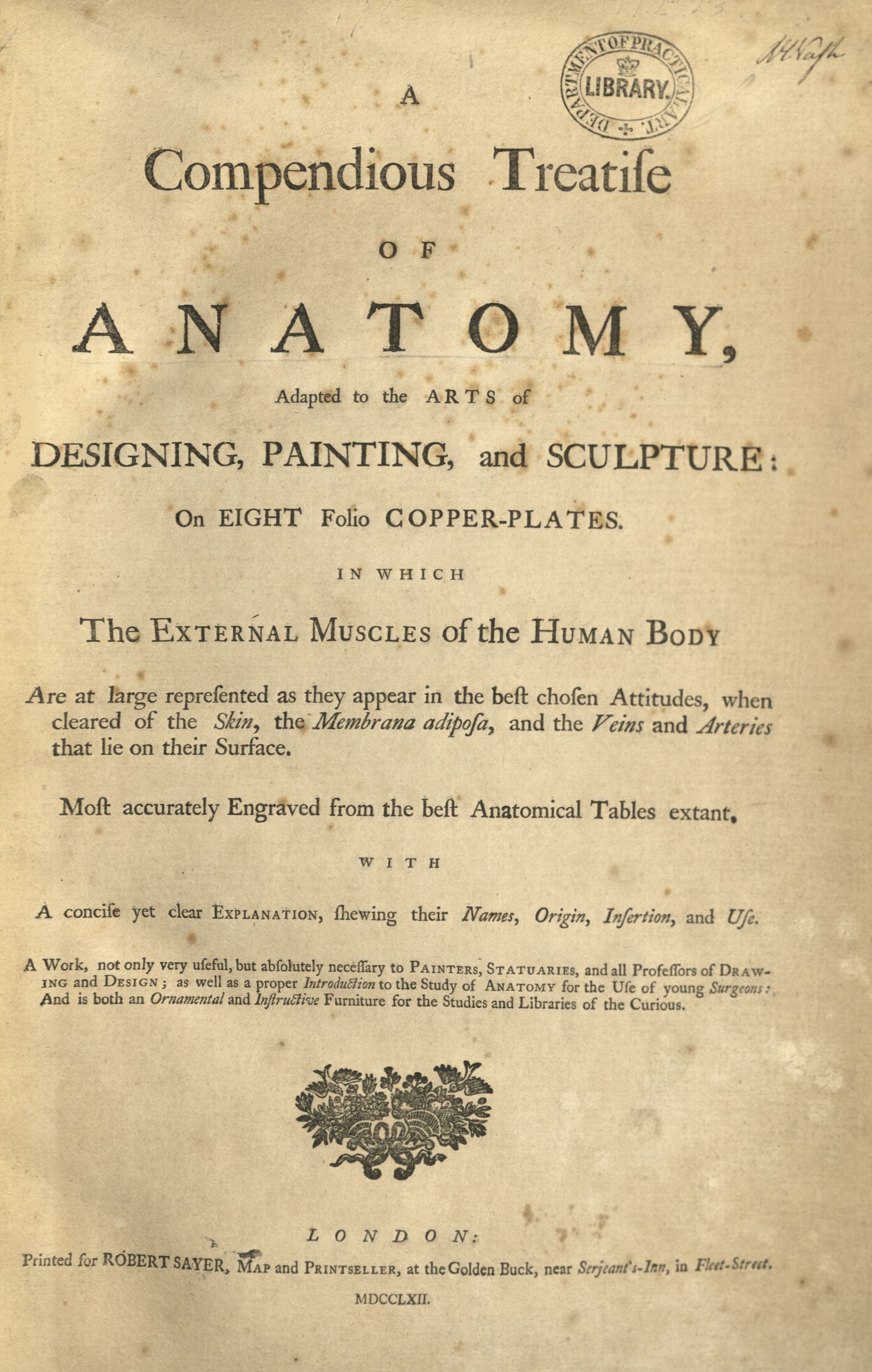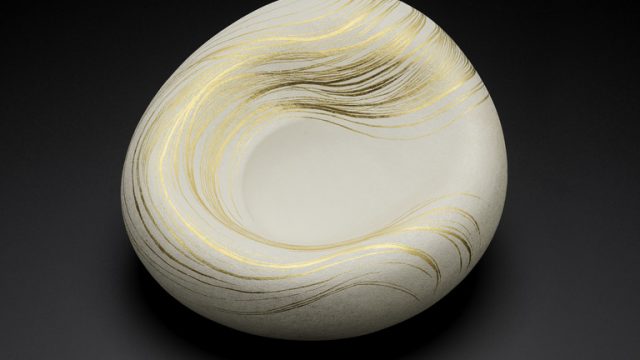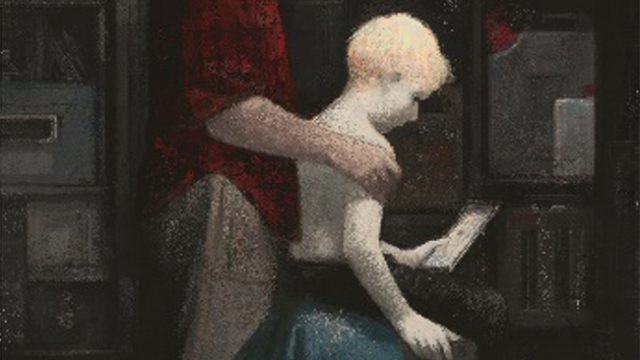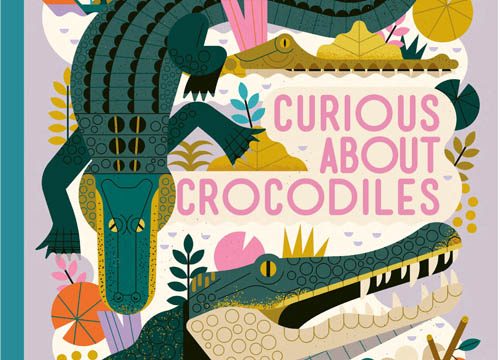Following on from my earlier post about provenance, here is another volume with an interesting owner.
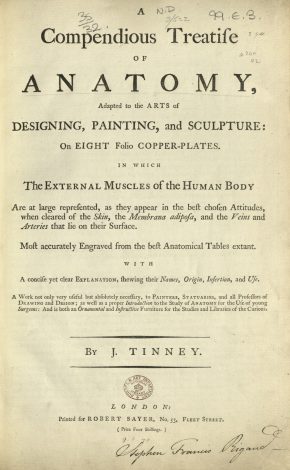
Tinney was not an anatomist, but an engraver and print publisher. Although little known himself, he nurtured talent: his apprentices included William Woollett and Anthony Walker, both of whom are well represented in the V&A’s prints collection. He does not appear to have worked much in the field of book illustration. The only other work of his I have been able to identify in the National Art Library is the frontispiece to a 1745 edition of the Fables of Phaedrus, and some illustrations in ‘The antiquities of Constantinople’ (1729), a translation, by John Ball, of Pierre Gilles’ ‘De topographia Constantinopoleos’.
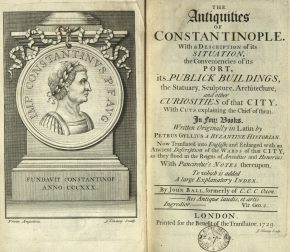
As well as this frontispiece and engraved title page, the book contains 11 other plates, most of which are signed by Tinney. The V&A’s prints collection includes a number of individual prints by Tinney, but of particular interest here is this pattern book of armorial designs for “coach painters, chasers, embroiderers, engravers &c” (a chaser engraves on metal). Again, a book aimed at the practising artist.
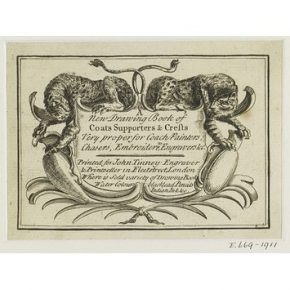
And now to the owner. Stephen Francis Rigaud (1777-1861) was a painter, an early member of the Society of Painters in Water Colours, and illustrator of Milton. Unfortunately, the V&A does not hold a copy of the 1801 edition of Milton’s works in which his illustrations appeared, but this watercolour in the V&A’s collection gives some indication of his style.
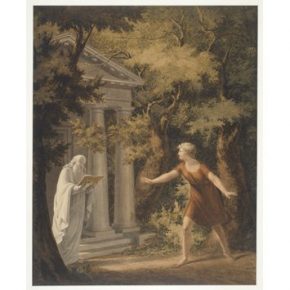
So, just as in my previous post we had an architectural book owned by an architect, here we have a book for the instruction of artists, owned by a practising artist. Whether he actually used it we cannot say. An earlier edition of the same work in our collection shows clear signs of use:
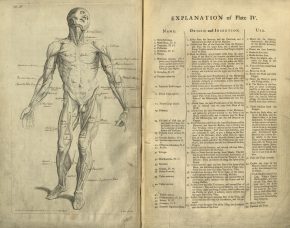
The muscles on two of the plates have been neatly labelled in manuscript. This has been copied from the printed explanation on the facing page, but whether it was done as a test, or just for clarification, we will never know. Of course, the names we find inscribed in books are not always identifiable. In this case, although the signature is quite legible, I cannot trace the owner. If anyone is able to suggest an identity for this “R.H. Nash”, I would be interested to hear from you.
